15+ Best Fantasy Fonts
Dive into the realm of imagination with our fantasy fonts collection. These fonts are crafted to transport your designs to mystical lands, enchanted forests, and epic adventures, perfect for projects that revolve around fairy tales, magic, and mythical creatures.
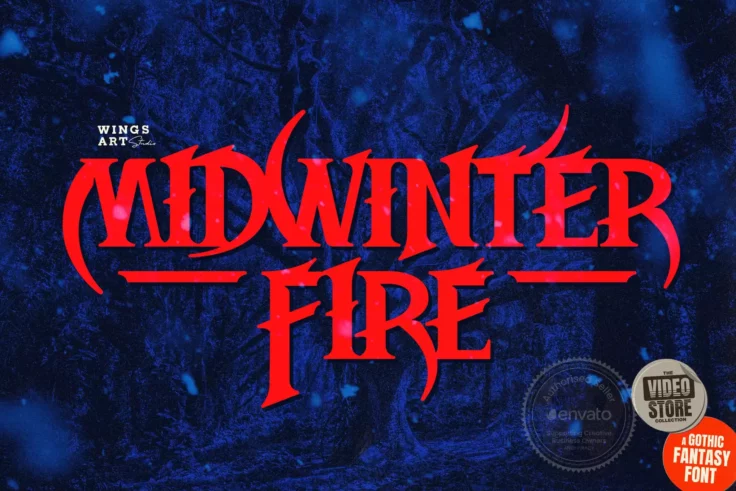
Midwinter Fire Font
Midwinter Fire is a stunning font that draws inspiration from a variety of sources, including gothic cathedrals, ancient myths, and campfire horror st...
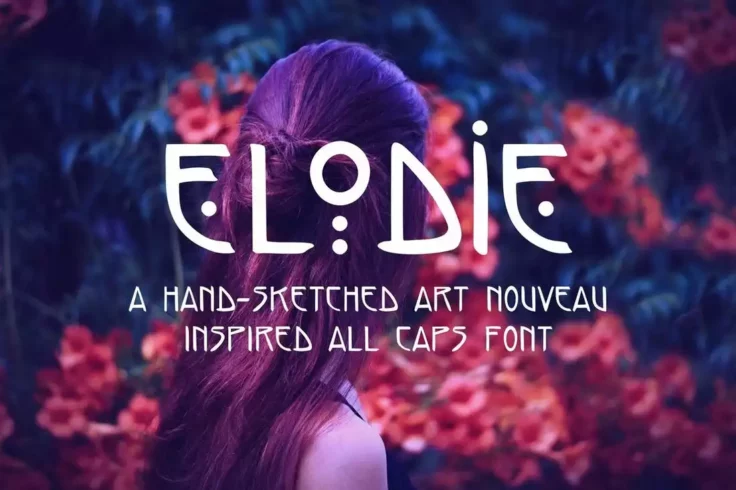
Elodie Hand Sketched Art Nouveau Font
This font is definitely not the usual art nouveau font you’re used to seeing. It actually combines several design styles to create a unique set ...

Wisp Whimsical Font
Step into a world of eccentricity and magic with the Wisp Whimsical Font. This display font dances with curious curves and strokes that breathe life i...
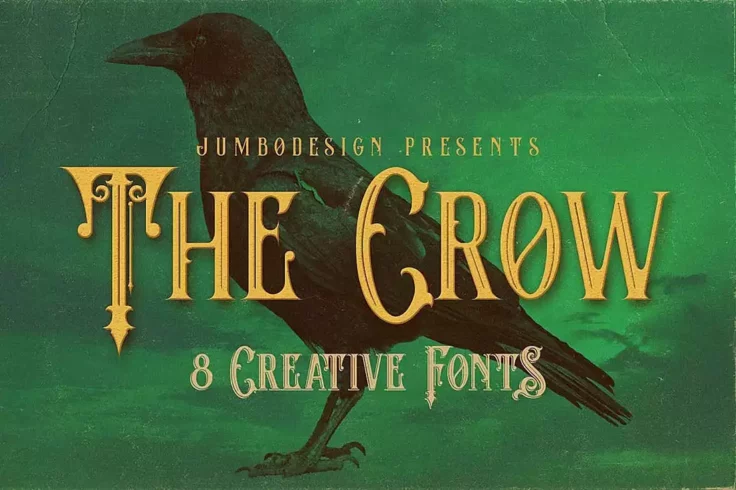
The Crow Vintage Movie Font
This font takes inspiration from vintage typography while integrating a bit of Victorian-era gothic design to each letter. The result of this abominat...

Mystic Root Font
Dive into an enchanting world of design with Mystic Root Font, a handmade offering steeped in fantasy. Suitable for a variety of creative projects inc...

The Blowar Medieval Font
Introducing the Blowar Typeface by alitdesign, a rich and expressive font that breathes life into your text with its bold, heroic-themed aesthetics. D...

Ring of Kerry Irish-Style Medieval Font
At first glance, this font will remind you of the typeface used in Lord of the Rings movies. But the true inspiration behind this font design comes fr...
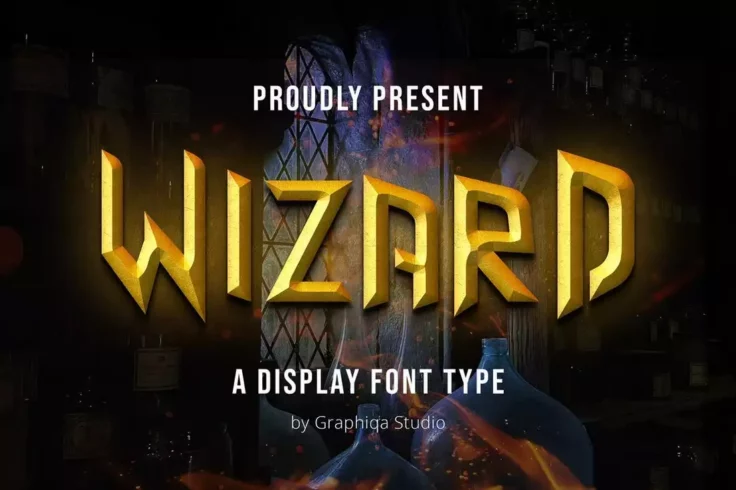
Wizard Magic & Fantasy Movie Font
Wizard is a font that comes with a classic fantasy look that you can use with your magic-themed designs. Whether it’s for a children’s par...
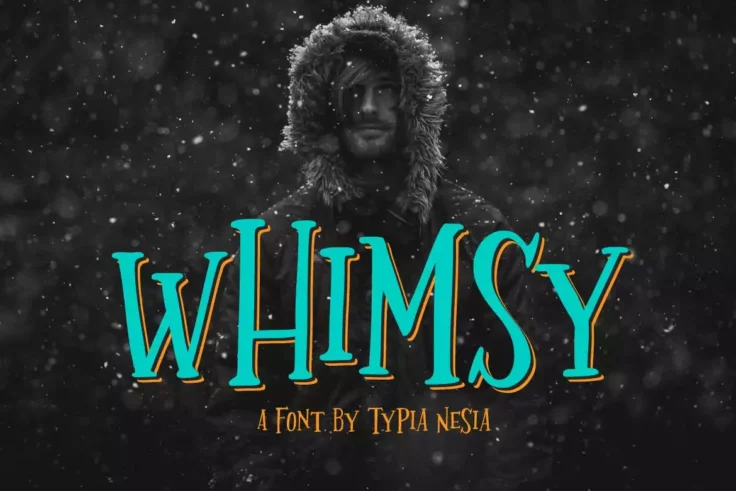
Whimsy Decorative Display Font
Whimsy is a handdrawn typeface suitable for a wide range of projects but especially suited to fantasy-themed designs. Be it a t-shirt design, logotype...

Monsteria Spooky Script Font
Monsteria is a horror fantasy font with a handwritten look guaranteed to freak the shit out of your audience. Great for Halloween-themed projects, Mon...

Dragon Fire Fantasy Font
Welcome to the world of Dragon Fire Fantasy Font! This unique serif display font takes you on a magical adventure, reminiscent of mystical creatures a...

Fairy Tales Fantasy Font
Fairy Tales Fantasy Font is a whimsical display type that can instantly breathe life into any design project. With its artistic flourishes, it channel...

The Hero Font
Introducing The Hero King Typeface by alitdesign, a distinctive font inspired by action-packed war movies and knightly exploits. Its bold character ma...
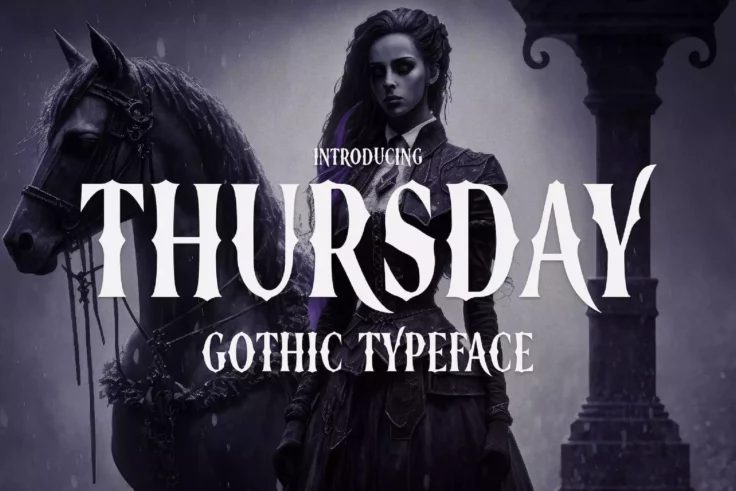
Thursday Gothic Fantasy Font
Immerse your designs into the mystifying world of gothic elegance with Thursday Gothic Fantasy Font. Masterfully crafted, this typeface perfectly bala...

Dynasty Fantasy Font
The Dynasty Fantasy Font is not merely another typeface; it’s a return to the grandeur of the empire era, crafted to lend your project a potent ...
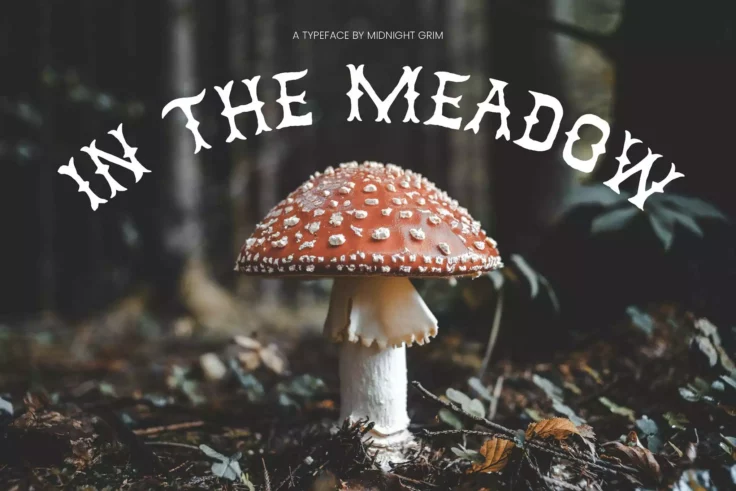
In the Meadow Font
In the Meadow font is charming and delightful, just like a stroll through a sunlit field. This hand-drawn display font packs versatility and style, pe...
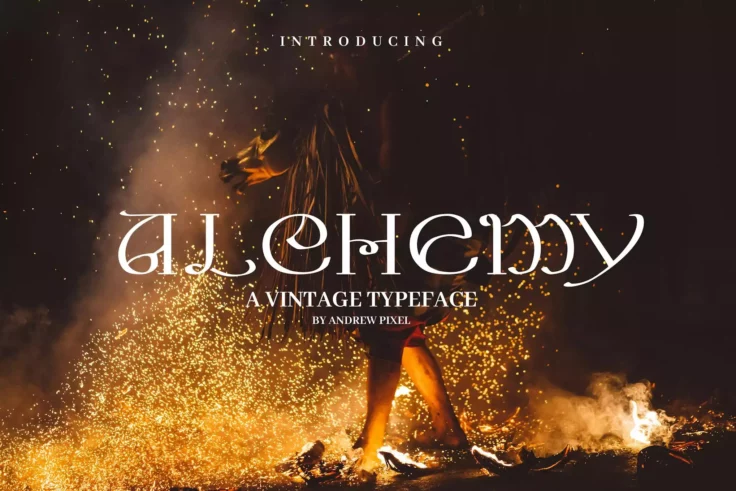
Alchemy Magical Font
The Alchemy Magical Font is a captivating display typeface, imbued with a mystical aura. Crafted with finesse, it has a unique charm that evokes the e...
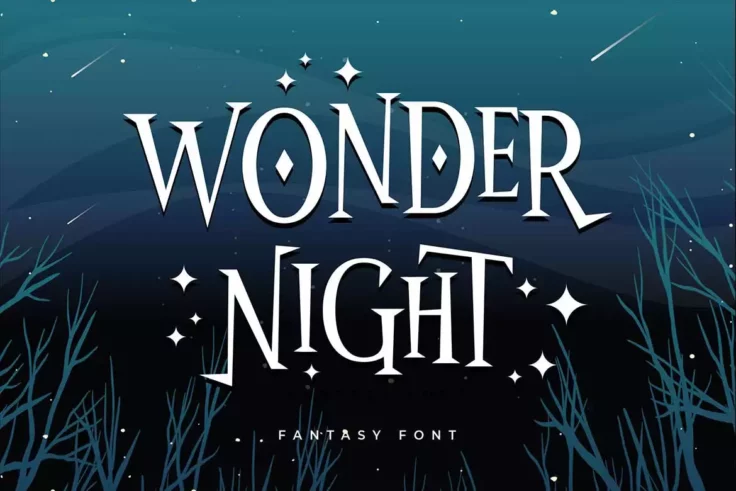
Wonder Night Font
Embrace the delightful enchantment of the Wonder Night font. Derived from the whimsical allure of fairy tales and horror-fantasy films, this curious t...
FAQs About Fantasy Fonts
What Are Fantasy Fonts?
Fantasy Fonts are typefaces that evoke the realm of fantasy, imbued with elements of magic, adventure, and mystique. These fonts often feature intricate designs, elaborate embellishments, and unique letterforms that might include elements drawn from ancient scripts, mythical symbols, or fictional languages. Fantasy Fonts are designed to transport the viewer to otherworldly realms, making them perfect for projects related to fantasy literature, gaming, film, and any creative work that aims to capture the imagination and the essence of fantastical storytelling.
They can range from elegant and flowing scripts reminiscent of medieval manuscripts to rugged and mystical typefaces that evoke ancient runes or magical incantations, offering a wide array of styles for various fantasy-themed projects.
How Can You Use Fantasy Fonts in Your Design Projects?
Fantasy Fonts can be effectively utilized to add depth, intrigue, and thematic consistency to a variety of fantasy-related design projects. They are ideal for book covers and interior pages of fantasy novels, promotional materials for fantasy films or video games, event invitations for themed parties, and branding for businesses that cater to fantasy enthusiasts. When incorporating Fantasy Fonts, it's important to balance their intricate and thematic nature with other design elements to ensure that the overall composition remains legible and cohesive.
Given their decorative and expressive nature, Fantasy Fonts are best used for headlines, titles, or short text elements where their unique character can be fully appreciated without compromising readability.
Are Fantasy Fonts Suitable for All Types of Projects?
While Fantasy Fonts can add a magical and otherworldly touch to many design projects, their distinct style and thematic focus may not be appropriate for all contexts. Projects requiring a more formal, minimalist, or contemporary aesthetic might not benefit from the elaborate and stylized features of Fantasy Fonts. However, for projects that aim to evoke the allure and wonder of fantasy worlds, these fonts can be an excellent choice to convey those themes effectively.
It's essential to consider the project's tone, audience, and objectives when selecting a Fantasy Font, ensuring that it complements the overall theme and enhances the narrative.
How Do You Pair Fonts with Fantasy Fonts in Design?
Pairing fonts with Fantasy Fonts involves selecting complementary typefaces that provide balance and enhance readability. A common strategy is to use a Fantasy Font for the main headline or focal point and pair it with a more legible, simple font for body text. Classic serif fonts or clean sans-serif fonts can offer a contrast to the intricate Fantasy Font, creating a visually appealing hierarchy within the design.
When pairing fonts, consider the visual hierarchy and ensure that the Fantasy Font enhances the design's key elements without overwhelming the content or making it difficult to read.
What Are the Best Practices for Using Fantasy Fonts?
Best practices for using Fantasy Fonts include using them judiciously to highlight specific elements of your design without detracting from the overall message. Due to their often elaborate and decorative nature, Fantasy Fonts are most effective when used for titles, logos, or calls to action. Ensuring that the use of a Fantasy Font aligns with the design's overall theme and objectives is crucial, as is maintaining legibility, especially for essential information.
Additionally, testing the font across various mediums and sizes is important to ensure its effectiveness and readability in all intended applications, from digital displays to printed materials. Pairing Fantasy Fonts with appropriate imagery, colors, and design elements can also enhance the thematic consistency and immersive quality of your project.